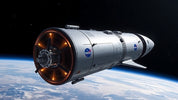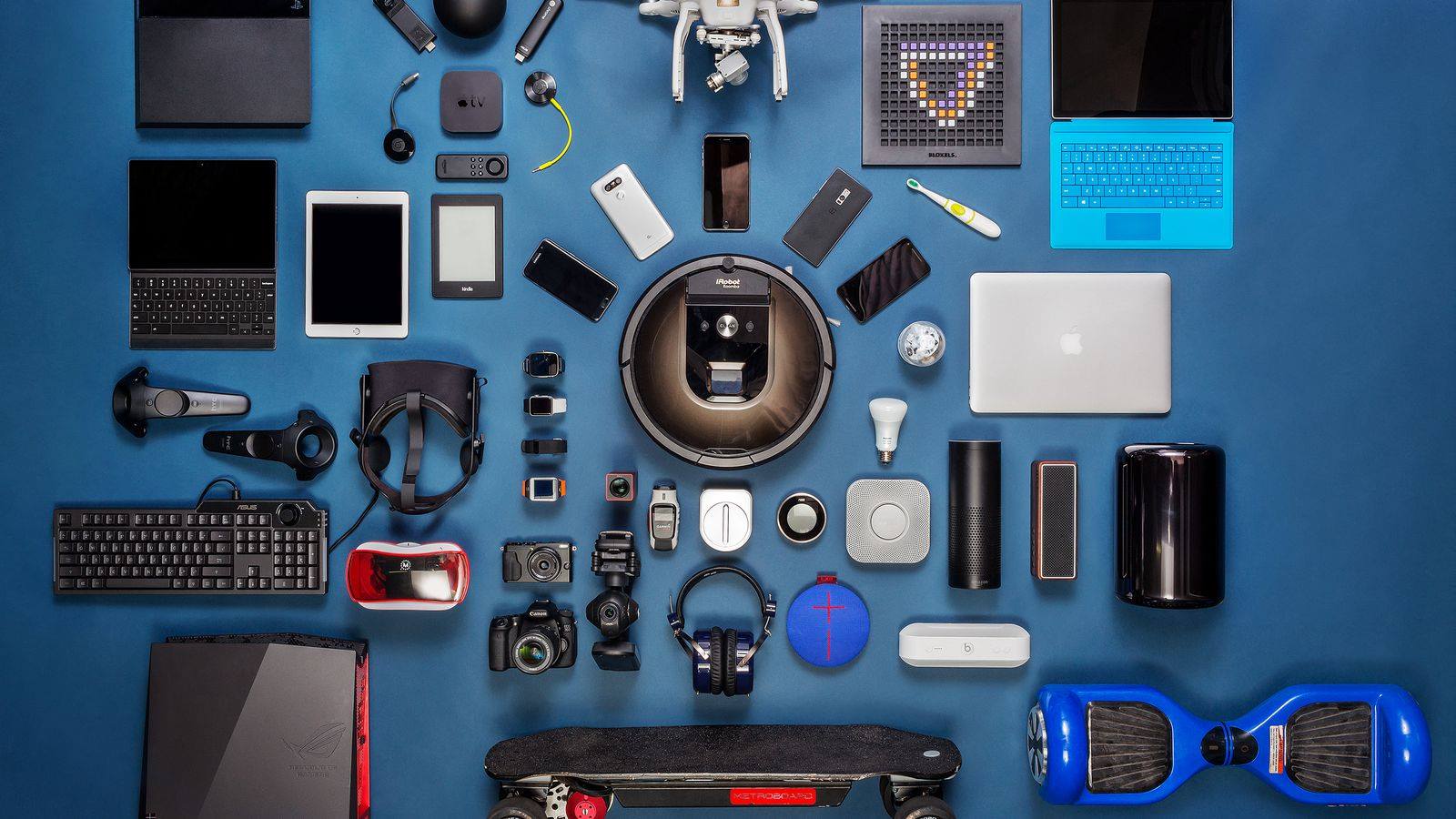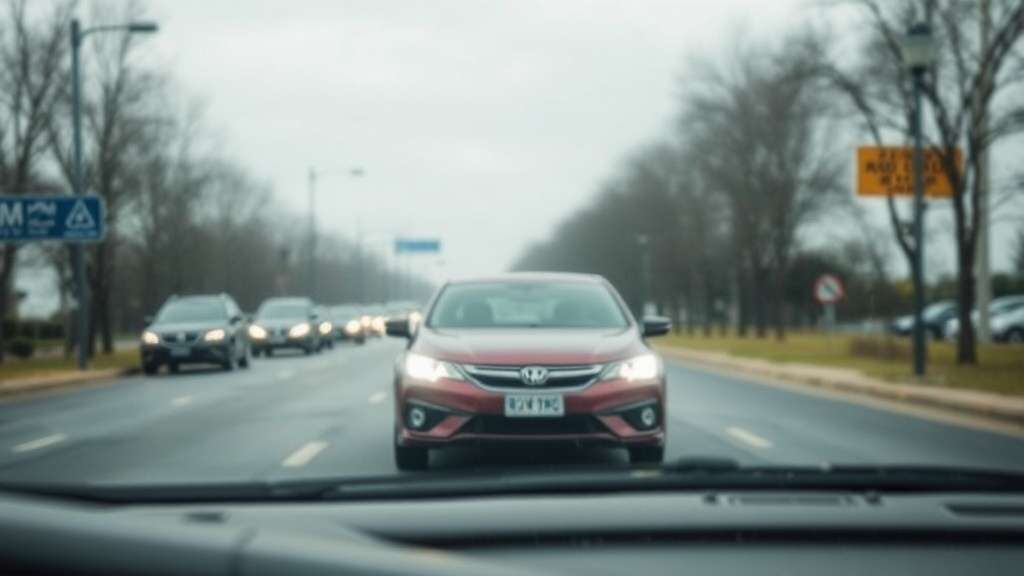
Starliner Saga: NASA's Eight-Day Mission Becomes Eight-Month Space Odyssey
, by Unboxify, 3 min reading time

, by Unboxify, 3 min reading time
Two NASA astronauts, Sunita Williams and Barry Wilmore, embarked on what was supposed to be an eight-day mission to the International Space Station (ISS). But as fate would have it, they could now be staying for over eight months. Here’s a comprehensive look at what went wrong with Boeing’s Starliner spacecraft and what this could mean for the aerospace giant.
Despite these issues, the crew managed to safely arrive at the ISS. However, the problems raised significant concerns at NASA.
NASA initially planned to return Starliner as early as June 14th, but the return has been postponed multiple times. As of now, the new target for returning the astronauts is February 2025. NASA has even considered using SpaceX, Boeing’s competitor, to bring the astronauts back to Earth.
Boeing insists that Starliner is ready to go and that data supports its capability to ferry astronauts back to Earth. Meanwhile, NASA continues to weigh the risks that Starliner may pose to the astronauts' safety.
Boeing has been developing Starliner for more than a decade, a project born out of the end of NASA's space shuttle program in 2011. Despite signing fixed-price agreements with NASA, the project has been plagued by delays and financial losses amounting to more than $1.4 billion.
NASA's decision to potentially use SpaceX for the astronauts' return is a tough blow for Boeing. Boeing has deep ties with NASA, dating back to the Apollo moon landings. The outcome signals a changing of the guard in the space industry, challenging Boeing's historical dominance.
Despite these setbacks, Boeing sees this as an opportunity. The company did not plan for these difficulties, but how they recover from this adversity will be a true test of resilience.
The astronauts have expressed their willingness to wait until it is safe to return home, emphasizing the uniqueness and importance of their mission.
The Starliner saga is undoubtedly a significant chapter in the history of human spaceflight. While it has its share of ups and downs, it underscores the unpredictability and immense challenges of exploring space.
As the saga unfolds, all eyes are on Boeing and NASA as they navigate these turbulent times. Whether Starliner can redeem itself remains to be seen, but one thing is clear: the resilience and determination of those involved continue to shape the future of space exploration.
In the face of uncertainty, the aerospace industry presses on. Boeing’s ongoing challenges serve as a reminder that space exploration is fraught with risks, but also ripe with opportunities for those who dare to push the boundaries.
Stay tuned as we witness how this saga shapes the future of human spaceflight.






